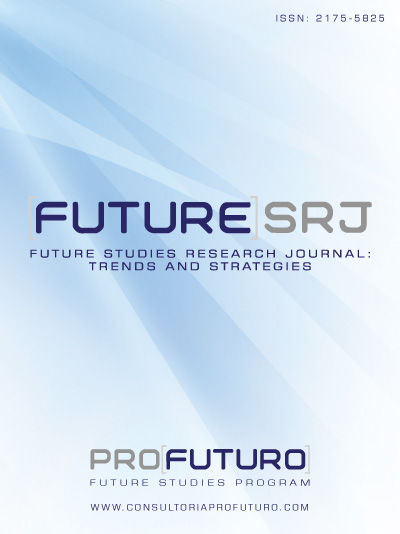Resumo
Toda organização precisa saber dimensionar suas capacidades produtivas de modo que estas se encaixem perfeitamente com as demandas. O papel da previsão de demanda é fornecer subsídios para o planejamento estratégico da organização. Este processo permite que os administradores antecipem o futuro e planejem de forma mais conveniente as suas ações. Não basta, entretanto, ter um sistema de previsão de demanda. É a qualidade da informação obtida por este sistema que capacita a organização a obter melhor planejamento das operações. Dentro deste contexto, este trabalho apresenta um estudo de caso com os objetivos de: (a) definir o modelo quantitativo de previsão de demanda de maior grau de acurácia e (b) verificar a influência da acuracidade da previsão de demanda no desempenho financeiro da organização. Trata-se de uma pesquisa descritiva ex-post fact em que foram utilizados dados históricos de demanda de cinco grupos de produto, no período de 2004 a 2008. Os resultados demonstram que se a empresa empregasse o modelo ARIMA para os grupos A, B e E, o modelo de Holt para o grupo D e o modelo de Winter para o grupo C, o faturamento poderia ser aumentado em, aproximadamente, dois milhões e oitocentos mil reais anuais.
Authors who publish with this journal agree to the following terms:
1. Authors who publish in this journal agree to the following terms: the author(s) authorize(s) the publication of the text in the journal;
2. The author(s) ensure(s) that the contribution is original and unpublished and that it is not in the process of evaluation by another journal;
3. The journal is not responsible for the views, ideas and concepts presented in articles, and these are the sole responsibility of the author(s);
4. The publishers reserve the right to make textual adjustments and adapt texts to meet with publication standards.
5. Authors retain copyright and grant the journal the right to first publication, with the work simultaneously licensed under the Atribuição NãoComercial SemDerivações 4.0 Internacional, which allows the work to be shared with recognized authorship and initial publication in this journal.
6. Authors are allowed to assume additional contracts separately, for non-exclusive distribution of the version of the work published in this journal (e.g. publish in institutional repository or as a book chapter), with recognition of authorship and initial publication in this journal.
7. Authors are allowed and are encouraged to publish and distribute their work online (e.g. in institutional repositories or on a personal web page) at any point before or during the editorial process, as this can generate positive effects, as well as increase the impact and citations of the published work (see the effect of Free Access) at http://opcit.eprints.org/oacitation-biblio.html
• 8. Authors are able to use ORCID is a system of identification for authors. An ORCID identifier is unique to an individual and acts as a persistent digital identifier to ensure that authors (particularly those with relatively common names) can be distinguished and their work properly attributed.
• 9 The authors commit to serving as reviewers for the journal: As a form of reciprocity with the academic community, Future Studies reinforces the commitment that authors of accepted articles have to act as reviewers for manuscripts submitted to the journal.
Os artigos publicados estão licenciados sob uma licença Creative Commons Atribuição - Não comercial - Sem derivações 4.0 Internacional.


